@Nablai's Nebula
Welcome to another exciting edition of Nablai's Nebula, where you get all the sub-genre-relevant info you need, courtesy of the one and only Nablai!
---
The advent of October brings with it hordes of the undead. The pandemic is still raging across the globe, teaching us more. More about preservation of the environment and life—both in equal measure. This is where we learn to reach out a helping hand, share a smile and spread kindness everywhere. Though it seems small, but every good deed matters. Like a drop in the ocean of humanity, we have to keep at it. Doing all that we can, without a frown.
Apart from it being the month of Halloween and Domestic Violence Awareness Month, there's something more October is famous for. Pssst... I'll give you a hint:
They are arrhythmic and insomniacs who never sleep.
We are talking about Zombie-punk! To all those who guessed it right, here's a Hot Zombie for you.
Without wasting much blood over, raises the question: What exactly is this sub-genre?
So, with a sickle in our hand, we take our stand for the Zombies.
Zombie-punk is one of the three chief classes of paranormal creatures most popular in sci-fantasy fiction – the others being Vampires and Werewolves. Even though the genres of Science Fiction and Fantasy tend to combine quite often, but they are different in a lot of senses. There is a lot of overlap between the Fantasy, Horror, and Science Fiction genres when it comes to Zombies.

It might also interest you to know the English word "zombie" was first recorded in 1819, in a history of Brazil by the poet Robert Southey, in the form of "zombi". The term comes from Haitian folklore, in which a zombie is a dead body reanimated through various methods, most commonly magic.
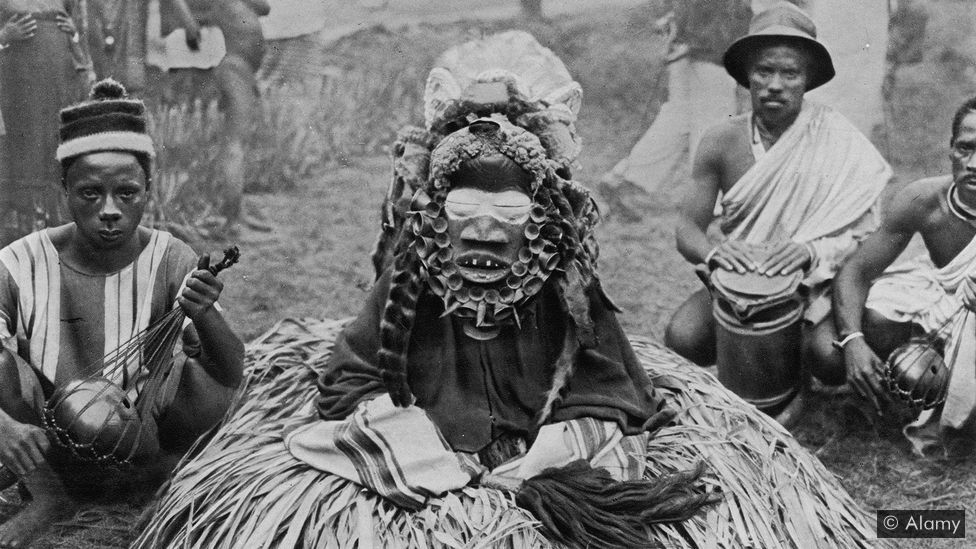
As a pretty broad category, Zombiepunk can be classified based on the written content. Stories which have elements of virus or fungus, would generally be SF, while those that feature supernatural entities, lean more towards fantasy. If the story is scary, creepy or hair-raising, it's Horror (Fantasy Horror or Sci-Fi Horror). But, even that, isn't the exact definition of this genre.
In the sci-fi universe, Zombies come across as least supernatural and easily rationalized. At its origin, the term described an entirely supernatural entity, and was in use till the late nineteenth century by authors such as Lafcadio Hearn (1850-1904) with specific reference to imagined practices in the French West Indies.
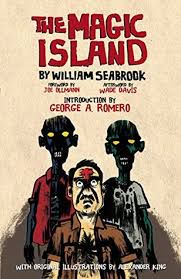
One of the first books to expose Western culture to the concept of the voodoo zombie was The Magic Island (1929) by William B. Seabook. In his story "The Magic Island", he described the zombie as a soulless corpse endowed with life through sorcery--a definition which continues to be the fundamental concept of the genre. Although other paranormal influences usually substitute for sorcery, like other early writers, Seabrook was fine-tuned to the impact of a zombies and slavery alliance.
Zombies have a complex literary heritage, with antecedents ranging from Richard Matheson and H. P. Lovecraft to Mary Shelley's Frankenstein drawing on European folklore of the undead.
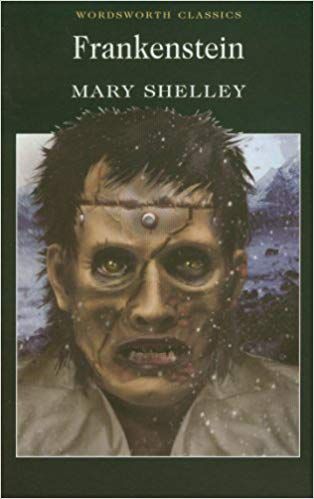
In simple language, the more recent uses of the term mean that the traditionally tottering and usually cannibalistic hordes could plausibly have been reduced to their present state by brain damage resulting from toxins or disease. Which explains why zombie bites or contamination with zombie blood so often doom the victim to turn into a zombie.
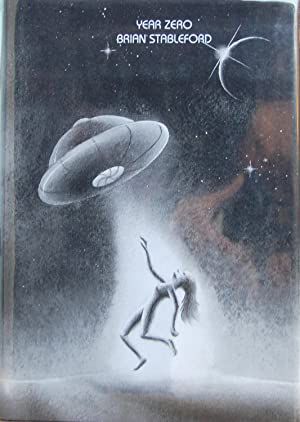
On the subject of disease, many novels have rationalized zombiism such as Robert Moore Williams's "The Day They H-Bombed Los Angeles (1961) – whose victims recover to a seemingly normal state, but with the traditional zombie compulsion to kill or infect others, and Brian Stableford's Year Zero (fixup 2000).
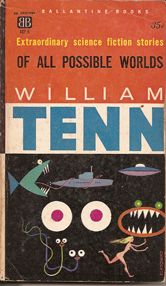
Other plausible reasons for the phenomena appear in William Tenn's "Down Among the Dead Men" (June 1954 Galaxy), where human protoplasm reclamation creates fully human, intelligent, though sterile new soldiers who are subject to discrimination and abuse as zombies or blobs, Robert Sheckley's Immortality Delivered (October 1958-February 1959 Galaxy as "Time Killer"; 1958; exp vt Immortality, Inc. 1959), where technology and metaphysics intersect;
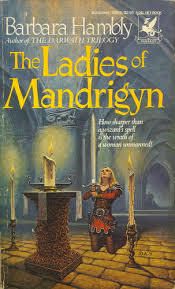
Despite being a fantasy, Barbara Hambly's The Ladies of Mandrigyn (1984) invokes Alien mind-eaters causing a rapid degeneration to zombie-like status.
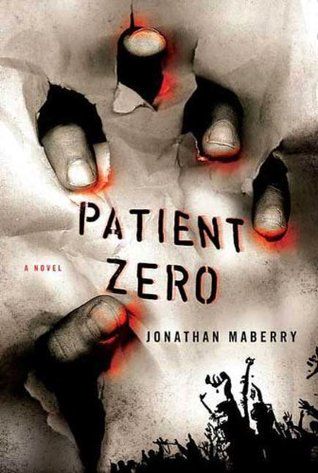
There are numerous contemporary zombie novels ranging from the classic Romero-style disease-induced zombie apocalypse of Autumn by David Moody to zombie/techno-thriller hybrids like Patient Zero by Jonathan Maberry.
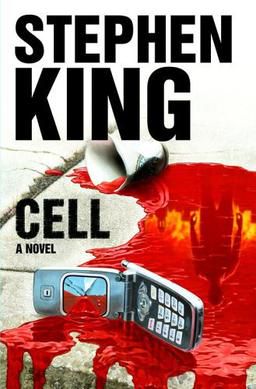
Stephen King's "Cell" focuses on the modern paranoia- the cellphone, and has victims worldwide converted to zombie hordes by it.
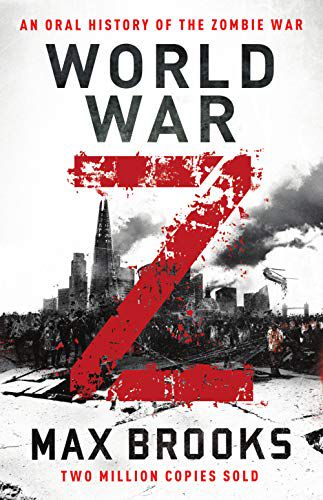
Max Brooks ambitious "World War Z: An Oral History of the Zombie War" has disease as underlying cause, which was filmed as World War Z (2013)
We also have "In The Forest of Hands and Teeth" by Carrie Ryan, an effective Young-Adult treatment mingles horror with romance, "Feed" and its sequels by Seanan McGuire, "Zone One" by Colson Whitehead, "The Return Man" by V M Zito and "The Girl with All the Gifts" by Mike Carey.
Zombie labour-force exploitation is a recurring theme in Nate Crowley's "The Death and Life of Schneider Wrack".
The popularity of the theme has led to purported nonfiction spinoffs like "The Zombie Survival Guide" by Max Brooks and Ben Muir's humorous "Dr Dale's Zombie Dictionary: The A-Z Guide to Staying Alive."
Guess, I spilled a lot of bloodied words across the page. Lol. I really had a lot of fun writing this zombieful (if that's a word) article. Until we meet the next time, this is Nab saying goodbye.
Stay safe, happy and protected! =]
Bạn đang đọc truyện trên: AzTruyen.Top